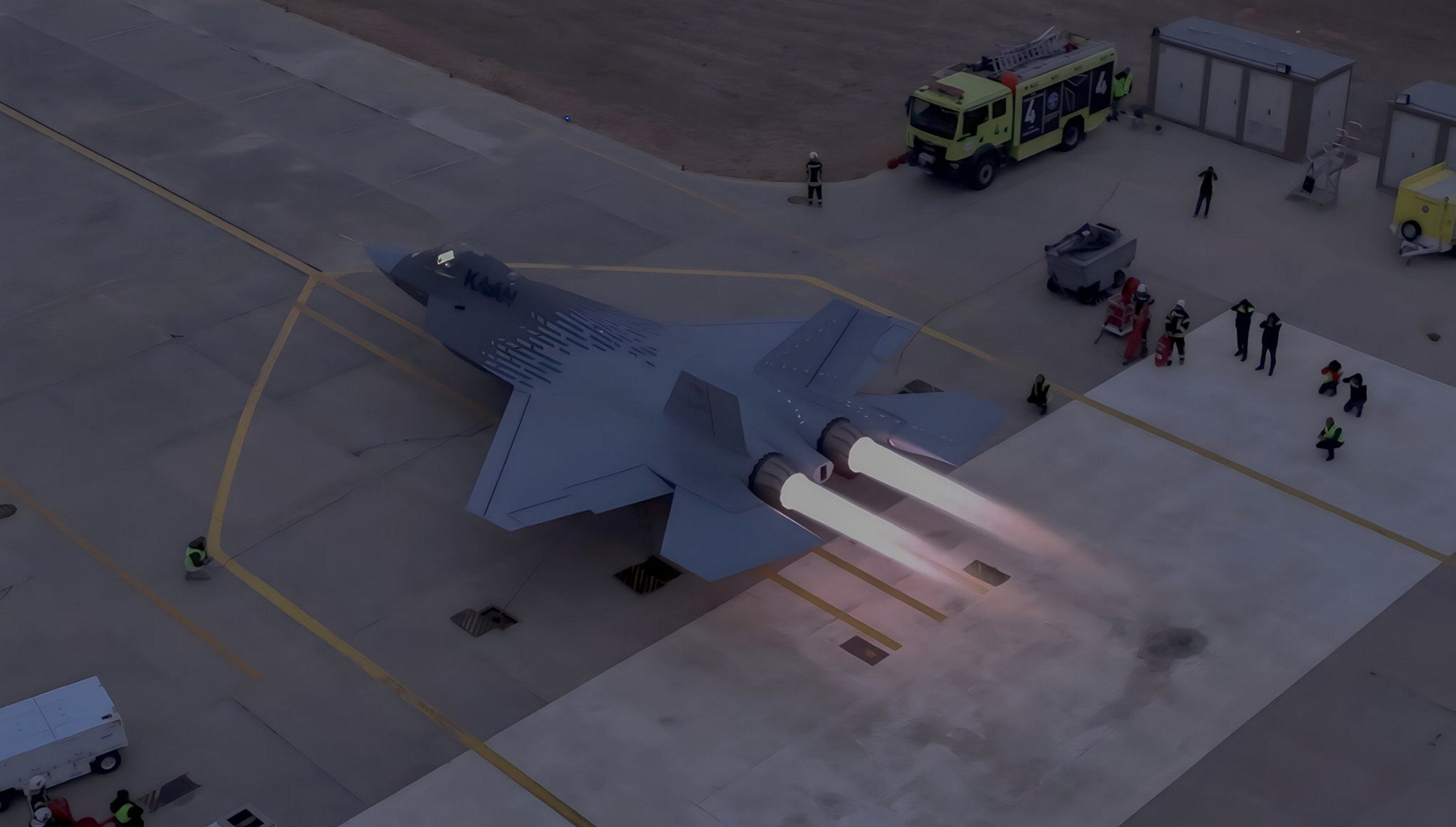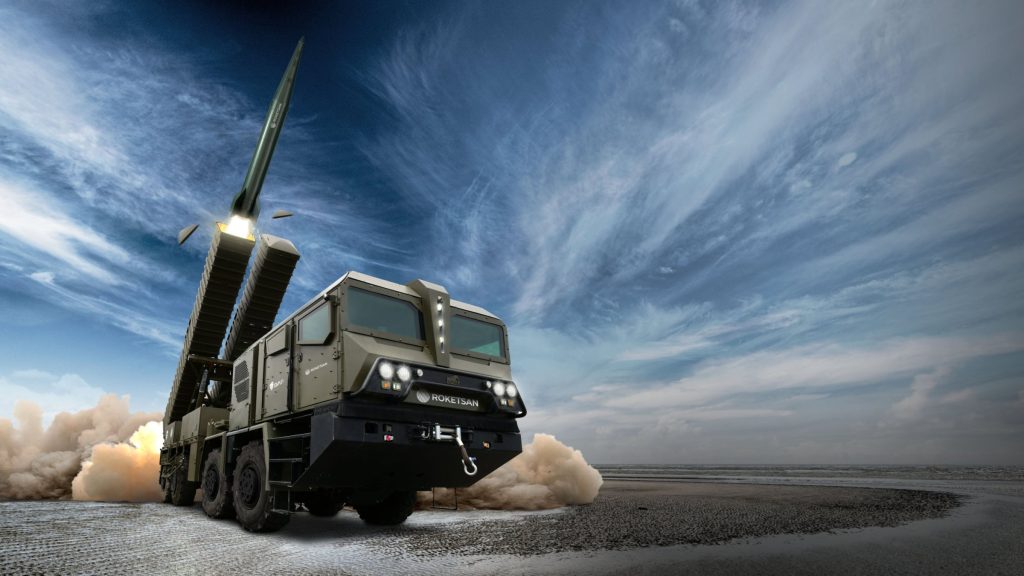The Turkish defense industry has become one of the most prominent brands of recent times. It has made significant contributions to the battlefield victories of the Turkish Armed Forces (TSK), attracting the attention of various countries. Developments in regions like Azerbaijan, Ukraine, Libya, Iraq and Syria have brought more visibility to this process, globalizing the Turkish defense industry.
According to international institutions, the Turkish defense industry is the 11th largest in the world, offering substantial opportunities to friendly and allied countries through its diverse production model. Unlike its Western counterparts, Türkiye focuses on technology sharing and self-reliance. This policy has led to increased interest in Turkish defense products, making the Turkish Armed Forces a global model for transformation in weapons technologies.
Ranked as the eighth most powerful military globally, the TSK benefits from the local production model of the defense industry, allowing it to act more independently. The turning point in this independence can be traced back to the Cyprus Peace Operation, where difficulties in acquiring Western-made products underscored the importance of self-sufficiency for national security and interests. This realization became a lasting legacy for Türkiye.
Today, with a project volume exceeding $100 billion (TL 3.51 trillion) and $6 billion in exports, the Turkish defense industry has reached a new stage. The sector aims to finance itself through exports and reduce its reliance on public funds. With a $2.7 billion R&D budget, the industry leads in developing next-generation technologies and harnesses Türkiye’s highly skilled workforce. The annual graduation of approximately 1.5 million students from universities provides a vast talent pool for the industry. Over 2,000 companies operate within the sector, contributing to technological advancements in other industries. For instance, the Türkiye Automotive Initiative (TOGG) collaborates with defense firms, leveraging engineering expertise.
Similar breakthroughs in the Turkish aviation industry may also translate to global branding for Turkish Airlines (THY), which is poised to become one of the world’s top five airlines. Viewed through this lens, the ambitions of the Turkish industrial sector become clear. According to World Bank data, Türkiye ranks as the 12th largest industrial economy globally and is preparing for a high-tech leap with its medium-to-high-tech production model.
Leading this charge is the Turkish defense industry, the country’s most modern and technologically advanced sector, inspiring progress in other fields. To better analyze the progress of the Turkish industry, the growth rate of research and development (R&D) expenditures over the years can be tracked. While Türkiye’s total R&D expenditure was $1.1 billion in 2002, it approached $20 billion in 2024. Defense industry companies lead the way in R&D spending, which has risen to as much as 1.5% of the national income. For instance, Turkish Aerospace Industries (TAI), Aselsan, Havelsan, Roketsan, Baykar Technology and STM are at the forefront of R&D expenditures. The resulting R&D ecosystem contributes to the creation of new technologies and the emergence of products such as the national fighter jet, Altay tank, ATAK-2, the TCG Anadolu assault ship, Otokar, Aksungur and Bayraktar. In the coming period, it is expected that R&D expenditures, like the national income, will increase in both the public and private sectors. In such a process, the Turkish defense industry could quickly surpass actors like Israel and Spain.
The Turkish defense industry, as a global brand, aims to reach 150,000 employees, $11 billion in exports and $26 billion in annual revenue in line with the targets set in the 12th Development Plan (2024-2028). R&D expenditures, which have been significantly increasing each year, play a crucial role in achieving these goals. For instance, the KAAN fighter jet, Hürkuş trainer aircraft, MİLGEM warships, TCG Anadolu, Altay tank and UAVs such as Aksungur, Anka and TB-2 are products of R&D investments.
Defense industry products, designed according to the country’s needs and incorporating advanced technology, are also exported to friendly nations. For example, the ARES speedboat is used by the Georgian and Turkmenistan Navies, while a similar model, the ARES 75 Hercules speedboat, is part of the Qatari Navy’s inventory. Turkish unmanned aerial vehicles (UAVs) are frequently utilized by countries like Azerbaijan, Ukraine and Pakistan. The Atak helicopters are actively preferred in missions by the Philippine and Nigerian Air Forces. While 230 types of Turkish defense industry products are exported to 185 countries, Turkish UAVs lead in sales. R&D investments have played a major role in achieving such an export capacity, along with the undeniable importance of government incentives. It is estimated that an annual average of $5 billion-$10 billion is spent on defense industry funds and incentives.
Baykar Technology, Aselsan and TAI are among the world’s top defense companies. Baykar Technology, as a private enterprise, marks a significant milestone in the history of the Turkish defense industry. Its export- and production-focused “Türkiye Model” serves as an example for other defense companies. With initiatives like Teknofest, defense industry high schools, technology schools and competitions, Baykar Technology is reshaping perceptions and inspiring the youth. These initiatives, combined with the positive reputation of Turkish defense products, are shaping the future of Türkiye. As the industry undergoes a technology-centered transformation, new generations aspire to be part of it.
The Turkish defense industry stands out in technology sharing compared to other countries. The defense industries in Sweden, the United States, Russia, China and Canada are generally reluctant to engage in technology sharing and joint production alongside their political conditions when exporting products. For example, it is known that Saudi Arabia has expressed interest in the national fighter jet KAAN.

In terms of joint production and technology sharing, the Saudis prefer Türkiye over Western actors. Additionally, KAAN offers significantly lower unit costs compared to its competitors. While the unit cost of F-35 jets is extremely high, their technology sharing is also limited. Furthermore, countries with strained relations with Western nations are expected to inevitably face challenges in sourcing defense industry parts in the future. From this perspective, the Turkish defense industry provides both more cost-effective options and refrains from acting based on political demands, distinguishing itself from its competitors.
There are numerous collaborations between South Korea and Türkiye in the defense industry. Unlike other competitors, the two countries, inclined toward a joint production model, set an example for others. Technology transfer is being conducted between the parties regarding Fırtına Howitzers and the Altay tank. The existing cooperative environment may pave the way for new partnerships in initiatives with other actors. Compared to Western actors, South Korea and Türkiye stand out as a model in creating and sharing next-generation technologies. A similar approach is being taken with members of the Organization of Turkic States, such as Azerbaijan, Kazakhstan, and Uzbekistan. In particular, Türkiye is significantly investing in modernizing the Azerbaijani army. These investments, joint production efforts, or technology sharing are not driven by political expectations but aim to contribute to the defense capacity of friendly and allied nations.
The Turkish defense industry secures $10 billion-15 billion worth of new projects annually. These projects, primarily focused on advanced technologies, encompass armored vehicles, warships and unmanned aerial vehicles. These advanced technologies form the core components of the Steel Dome Air Defense System. Air defense systems, a joint initiative of defense industry giants such as Aselsan, Havelsan, Roketsan, TÜBİTAK and TAI, have recently emerged as a key focus area. The system, essential for the protection of Turkish airspace, is designed as a component of domestic resources. In the coming years, the Steel Dome could lead the way in transferring next-generation technologies to various private sector firms.
In conclusion, while the Turkish defense industry initially arose from a need for self-sufficient security, it has now become a source of national pride. Compared to other countries, Türkiye’s model, which is based on technology transfer and joint production, has led many actors to demand Turkish defense industry products.


